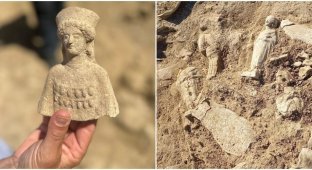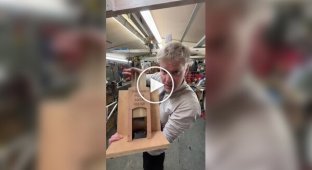In the Puy-de-Dôme department of the Auvergne region, in the heart of France, is the city of Thiers. 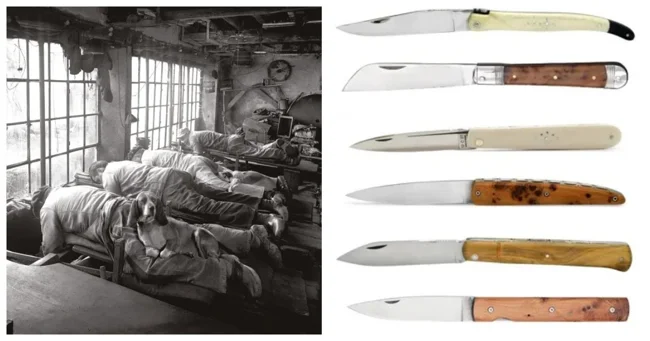
This city has long been famous as the historical capital of knife crafts. For more than seven centuries, local craftsmen have been supplying France and other countries with high-quality table and professional steel knives. 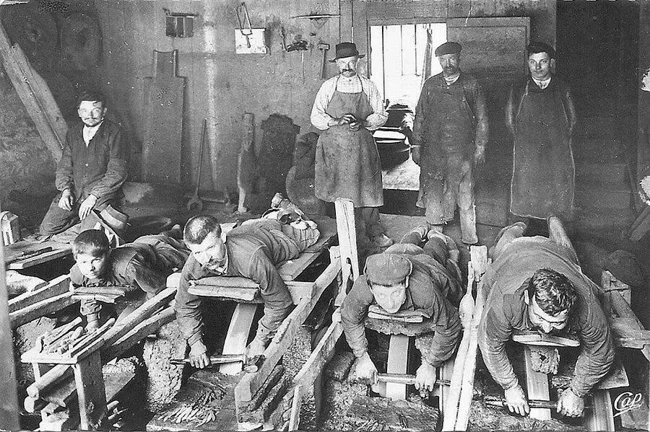
The history of knife making in Thiers goes back to the Middle Ages, and the first written records of local knife makers date back to the 15th century. It is noteworthy that this town had neither iron ore for blades nor sandstone for grinding wheels.
But here flowed the turbulent river Durol, whose waters drove mills and machines, and hard-working residents worked in the fields in the summer and forged blades in the winter. 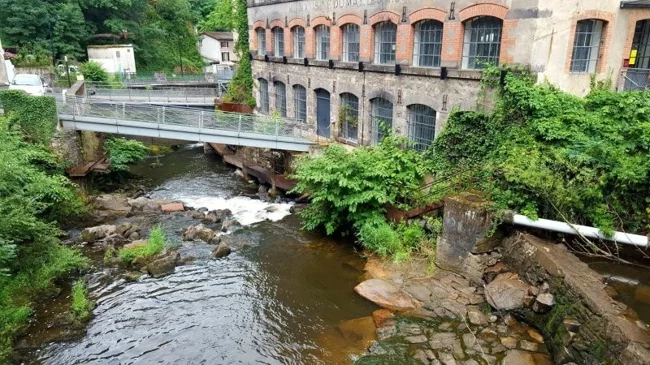
Factory in Thiers
Even before Henry Ford's assembly line appeared, there was already a clear division of labor in Thiers. Each craftsman specialized in a certain stage.
Martineers processed steel blanks with water hammers, blacksmiths forged the component parts of knives. Sharpeners and grinders brought the blades to a shine, and handle craftsmen made handles from wood or bone. The final assembly was usually carried out by craftsmen in the suburbs of Thiers. 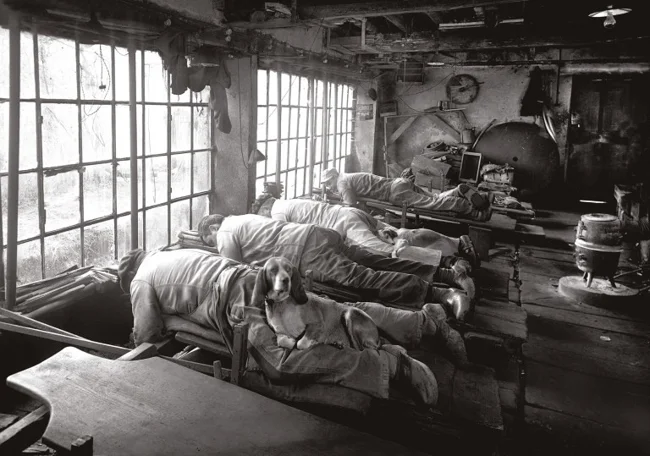
The work of knife makers has always required incredible endurance. To avoid back problems, sharpeners often worked lying on their stomachs, sharpening blades on fast-spinning wheels. 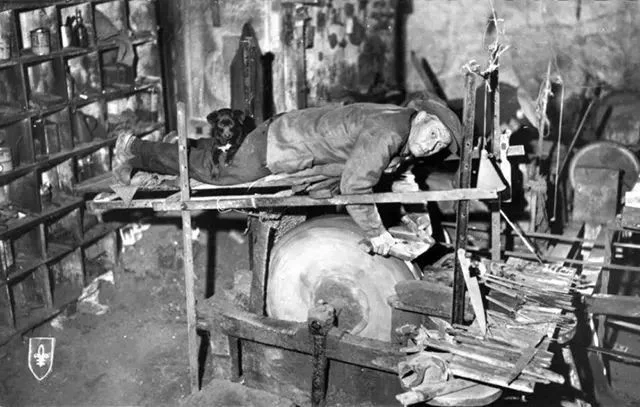
Lying on your stomach makes it easier to control the angle of sharpening the blade on a rotating stone. This position reduces the strain on your back (standing bent over a machine for 12 hours was detrimental to your spine).
When a grinding wheel broke, the fragments often flew upward, reducing the risk of fatal injuries. But this method, although it increased efficiency, did not provide a 100% guarantee of safety. The grinding stones sometimes flew into pieces, injuring workers. 
The workshops located in the Dyurol Gorge were characterized by harsh conditions. The workshops were constantly damp and cold, and the temperature in the forges rose to 50 ° C. A curtain of coal dust constantly hung in the air. 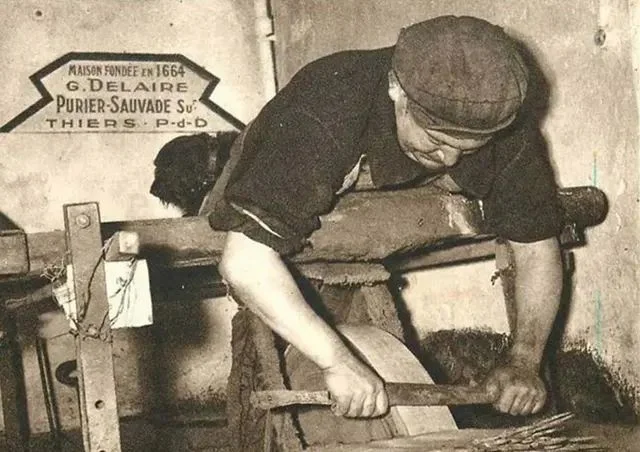
The master sharpeners of Thiers were called "yellow bellies" (ventres jaunes). Lying on their stomachs over the sharpening stones, the masters were constantly in contact with yellow metal dust and moisture from the cooling water. Their clothes were soaked with oxides, coloring their skin a characteristic yellow-rusty shade. 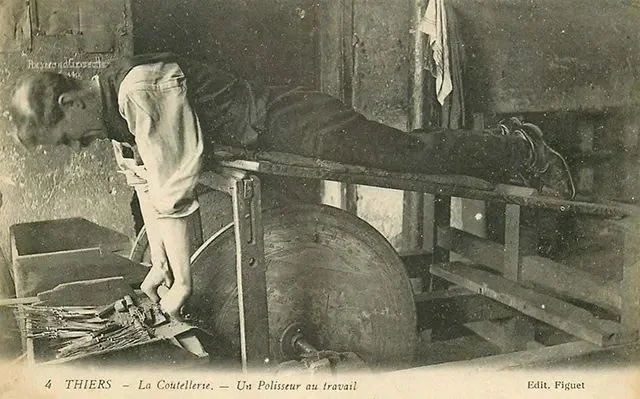
In the cold workshops of the Durol Gorge, craftsmen used warming dogs - small dogs were specially kept inside the workshop so that they would warm the sharpeners' feet during long work. This household life hack can be seen in old photographs of the Thiers knife workshops. 
As industry developed, factories switched from water wheels to electricity, but by the 1970s the industry was facing competition from Asia. To preserve the heritage, the Knife Museum was opened in 1982, and later a festival was established and the signature knife, Le Thiers, was developed. 
Thiers Knife Museum
Today, Thiers produces 70% of French knives, from simple cutlery to exclusive collectible models, continuing centuries-old traditions of craftsmanship. 
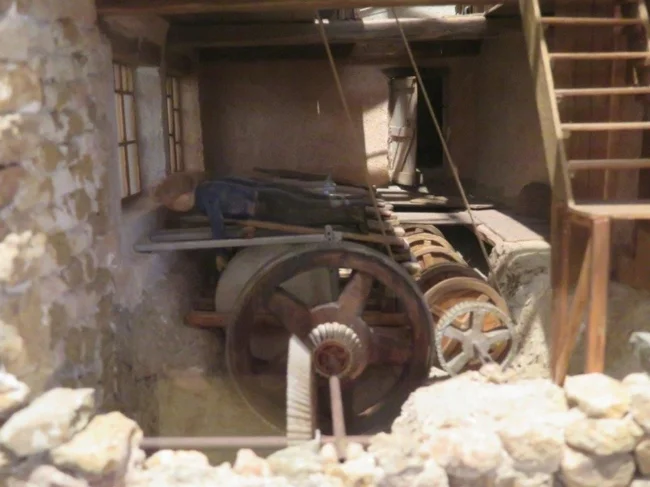

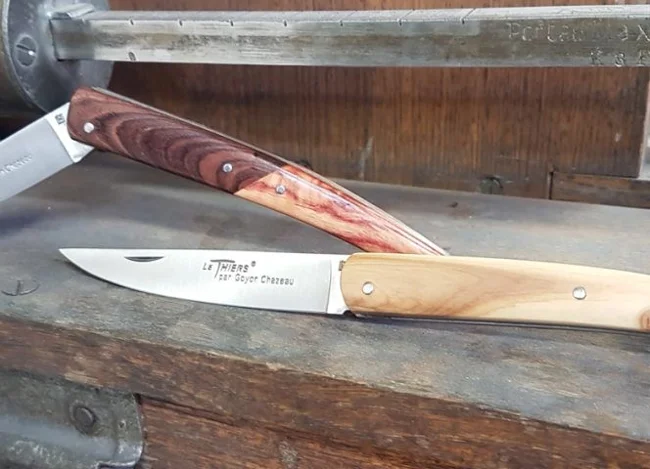
4 comments
Add your comment
You might be interested in:
















